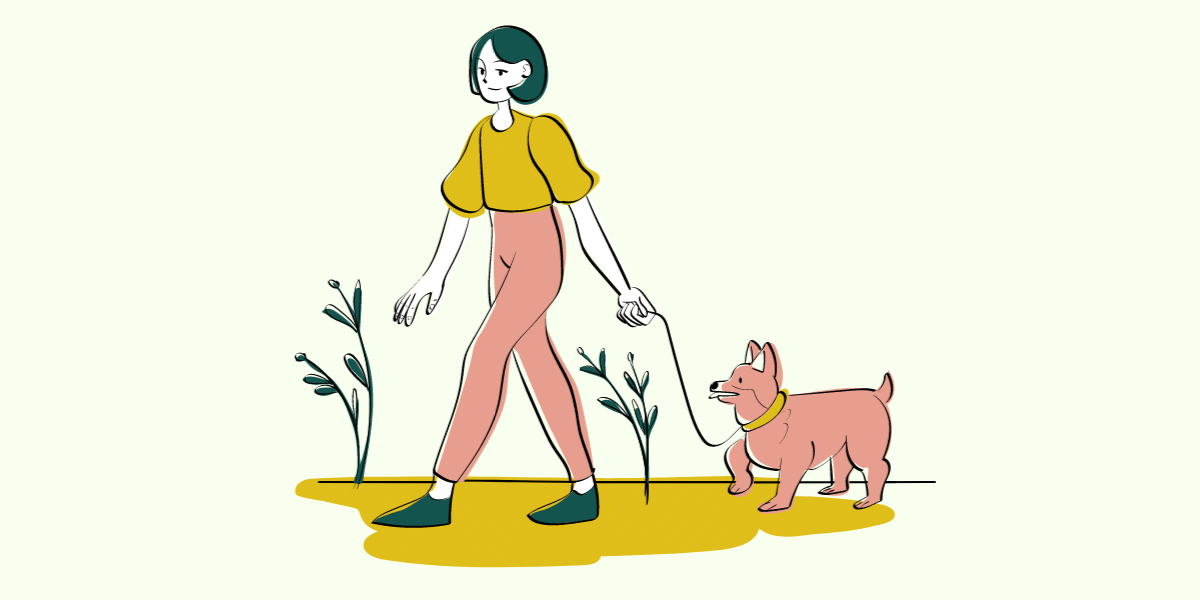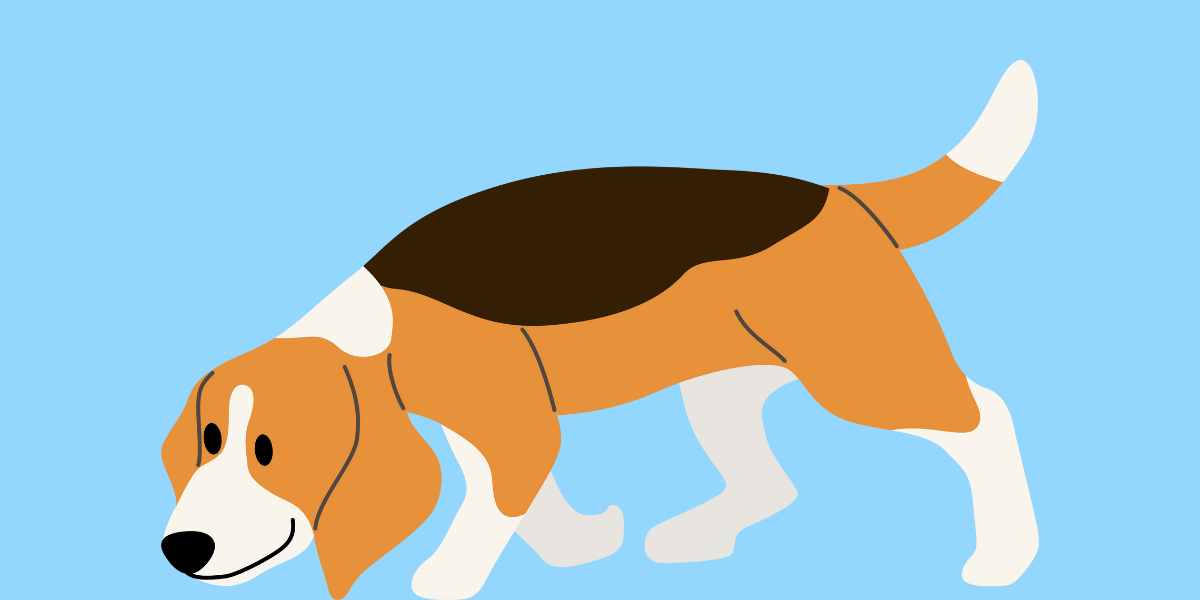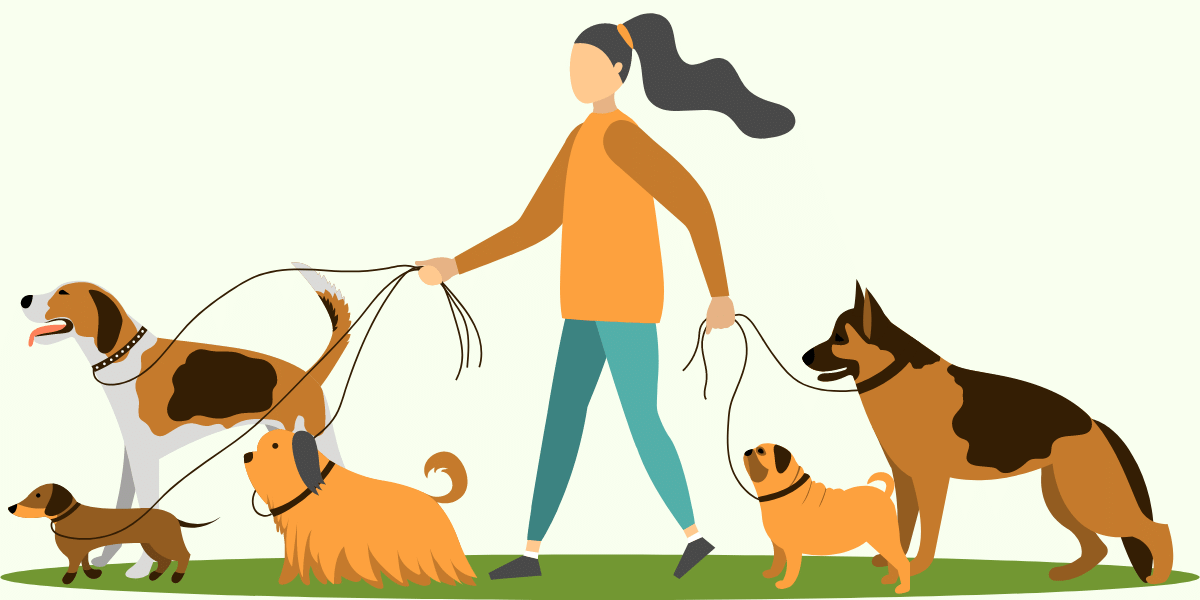In a world full of enticing distractions, teaching your furry companion to walk politely past them can be a challenging yet rewarding endeavor. At Steady Training, we understand that every dog is unique, and their training needs may vary.
With our tried-and-true methods and expert insights, you’ll soon be strolling down the street with a well-behaved canine companion by your side. Say goodbye to leash pulling and uncontrollable excitement – let’s embark on this training journey together!
Can a Strong Bond Improve Training Success?
Before delving into the nitty-gritty of distraction training, it’s crucial to build a strong bond with your dog. A foundation of trust and mutual understanding will set the stage for successful training sessions.
Spend quality time engaging in play, grooming, and positive reinforcement. When your dog sees you as their trusted leader, they’ll be more inclined to follow your cues, even when faced with alluring distractions.
Are Controlled Environments Essential for Training?
Begin with Controlled Environments to help your dog master the art of walking past distractions. Start indoors or in a quiet, familiar outdoor space.
Gradually introduce low-level distractions such as toys or treats. As your dog becomes comfortable, amp up the challenge with slightly more enticing distractions.
Remember, patience is key – take it one step at a time.
How Can You Master Leash Manners Effectively?
Mastering Leash Manners is essential for distraction training. Start by ensuring your dog is comfortable walking on a leash without pulling. Use a sturdy, well-fitted harness and a standard leash.
Begin with short walks, rewarding your dog for walking by your side. If your dog starts to pull, stop in your tracks and wait for them to ease the tension. Once they return to your side, reward them with praise and a treat.
What’s the Key to Teaching the “Look at Me” Command?
Teach the “Look at Me” Command to redirect your dog’s attention back to you when distractions arise. Hold a treat near your face and say, “Look at me.” When your dog makes eye contact, reward them promptly.
Practice this command in various settings, gradually increasing the difficulty level. Soon, your dog will instinctively turn to you for guidance when faced with distractions.
How Do Controlled Distraction Walks Enhance Training?
Embark on Controlled Distraction Walks as your dog’s confidence and focus improve. Choose a route with minimal distractions at first, and gradually expose your dog to more tempting stimuli.
As you encounter distractions, use the “look at me” command to regain their attention. Remember to reward generously for their good behavior, reinforcing the notion that ignoring distractions leads to positive outcomes.

What Are Desensitization Techniques and How Do They Work?
Utilize Desensitization Techniques to help your dog become less reactive to distractions. Expose them to a variety of distractions, starting from a distance where they remain calm and focused.
Slowly decrease the distance while rewarding their calm behavior. This systematic approach will teach your dog to associate distractions with a sense of calmness rather than excitement.
Why Is Patience Important in Overcoming Training Challenges?
Distraction training is a journey that requires Patience and Persistence. Understand that setbacks may occur, and some days will be better than others. Celebrate even the smallest victories and remain consistent in your approach.
Each training session is an opportunity to reinforce the desired behavior and strengthen the bond between you and your furry friend.
How Can You Transition to Real-Life Distraction Scenarios?
As your dog progresses, it’s time to take its training to the real world.
Outdoor walks provide a plethora of distractions, making them the perfect setting for practical application. Remember the techniques you’ve practiced and stay calm and composed. Slowly expose your dog to more challenging scenarios, such as passing other dogs, people, or enticing scents.
What Advanced Techniques Elevate Your Dog’s Training?
Elevate Your Dog’s Training with advanced techniques that solidify their ability to walk politely past distractions. Incorporate “heel” training, where your dog walks closely by your side, and “leave it” commands to deter them from investigating enticing objects.
Consistently reinforce these commands during walks and reward them for their unwavering focus.
Why Should You Celebrate the Joy of a Polite Walker?
As your dog becomes a master of walking politely past distractions, take a moment to Celebrate Your Success. Reflect on the progress you’ve made together and the bond you’ve strengthened through training.
Your dedication and effort have paid off, and now you have a well-behaved companion who can navigate the world with confidence and composure.
End Notes
In the journey to train your dog to walk politely past distractions, remember that it’s not just about controlling their behavior – it’s about building a deep connection and understanding.
With patience, persistence, and our expert techniques at Steady Training, you can transform your walks from chaotic struggles to enjoyable bonding experiences.
Your dog’s ability to gracefully navigate distractions will not only make your outings more pleasant but will also enhance the trust and harmony between you and your beloved four-legged friend.

